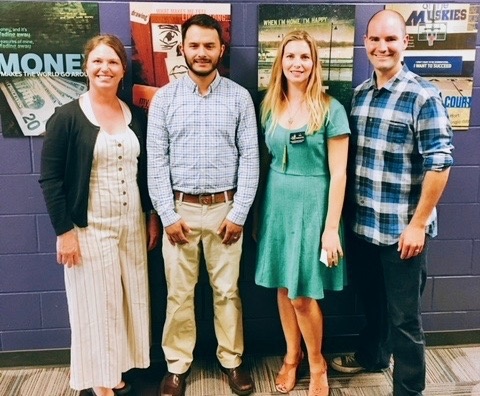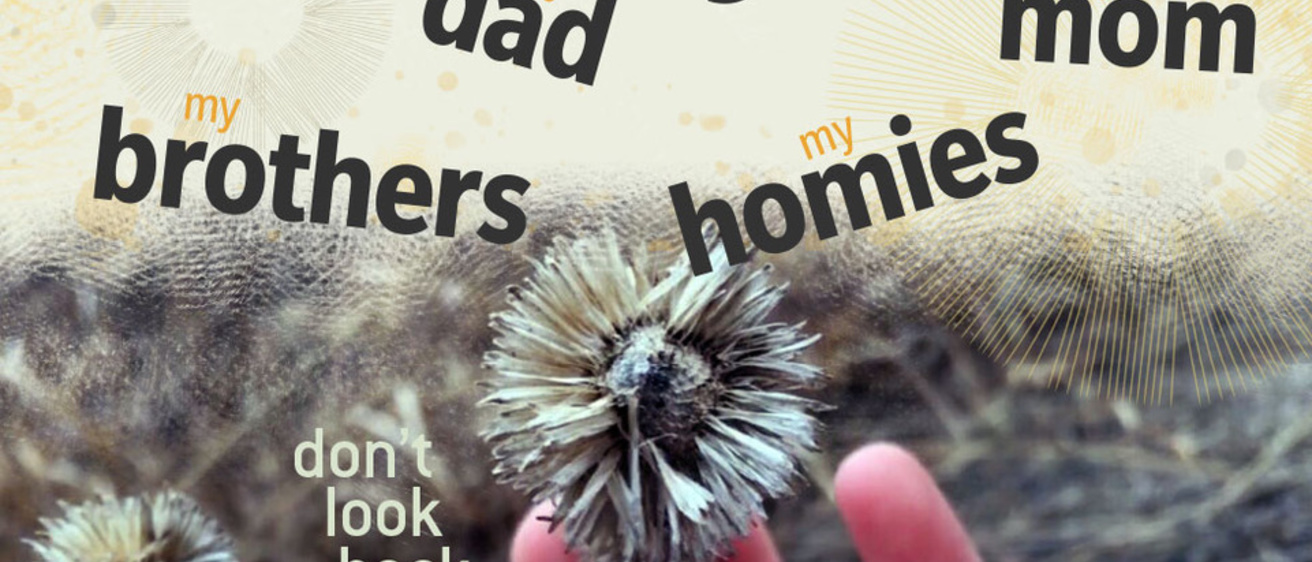As recipients of a Summer 2018 Interdisciplinary Research Grant, Gerta Bardhoshi (Counselor Education), Leslie Ann Locke (Educational Policy & Leadership), and Jeremy Swanston (Art & Art History) are engaged in a multi-phase project that seeks to give voice to rural Latinx high school students' lived educational experiences, engage in critical dialogue, and promote policy development in the partnering school. Capturing the Perspectives and Experiences of Rural Latinx High School Students through Photovoice and Digital Storytelling: An Interdisciplinary Approach was already underway when the group started meeting at Obermann in June.
What does it feel like to be a student in this school?
During the spring 2018 semester, the trio worked at Muscatine High School with Latinx, academically at-risk ninth graders. Over the course of six weeks, they helped the students take photos of their lives and recorded group conversations about the images. The trio is using photovoice, a community-based participatory method that is used in various disciplines, including public health. Participants receive a prompt, such as "Take a photo of what it feels like to be a student in this school." In a subsequent session, the students talk about their images and use a set of questions to reflect on the meaning behind the images: What does the image say about their community? What issues does the image bring up? What might be done to address these issues? In turn, the students suggest the prompt for the following week. The group of ten students who were part of the spring's session explored topics such as who supports them in their school and community and their individual dreams for the future, as well as more difficult topics.
During their four-week summer residency at the Obermann Center, the three faculty transcribed the half-dozen sessions they had recorded with students, analyzed the qualitative data from the transcripts, and conceptualized a second round of photovoice sessions for this fall.
 Community exhibition shares students' images and words
Community exhibition shares students' images and words

A big part of the photovoice process is involving the community. A highlight of the summer was preparing an exhibition of the students' photographs, as well as a series of posters that Swanston, a graphic design professor, created from their images and words. The exhibit, which was held at the high school in July, attracted family members, as well as educators and community leaders. One leader who attended was Nick Salazar, President of the Muscatine LULAC chapter, who is shown second from left, along with Locke, Bardhoshi, and Swanston.
The posters will hang in the hallways of Muscatine High School, and a new round of students are starting the photovoice process this fall. The research trio hopes that ultimately the project will lead to curricular and policy changes at the school level. The first thing the group will propose is cultural competency training for teachers and staff, which might even happen within the coming academic year.
As more Latinx students enter Iowa's high schools, particularly in rural areas, it is vital for administrators and educators to better understand their lived experience. "The drive for our research is not only to give voice to the experiences of underrepresented minority students, but to also engage relevant school and community stakeholders in the important discussion of meeting students’ educational needs," says Bardhoshi.
